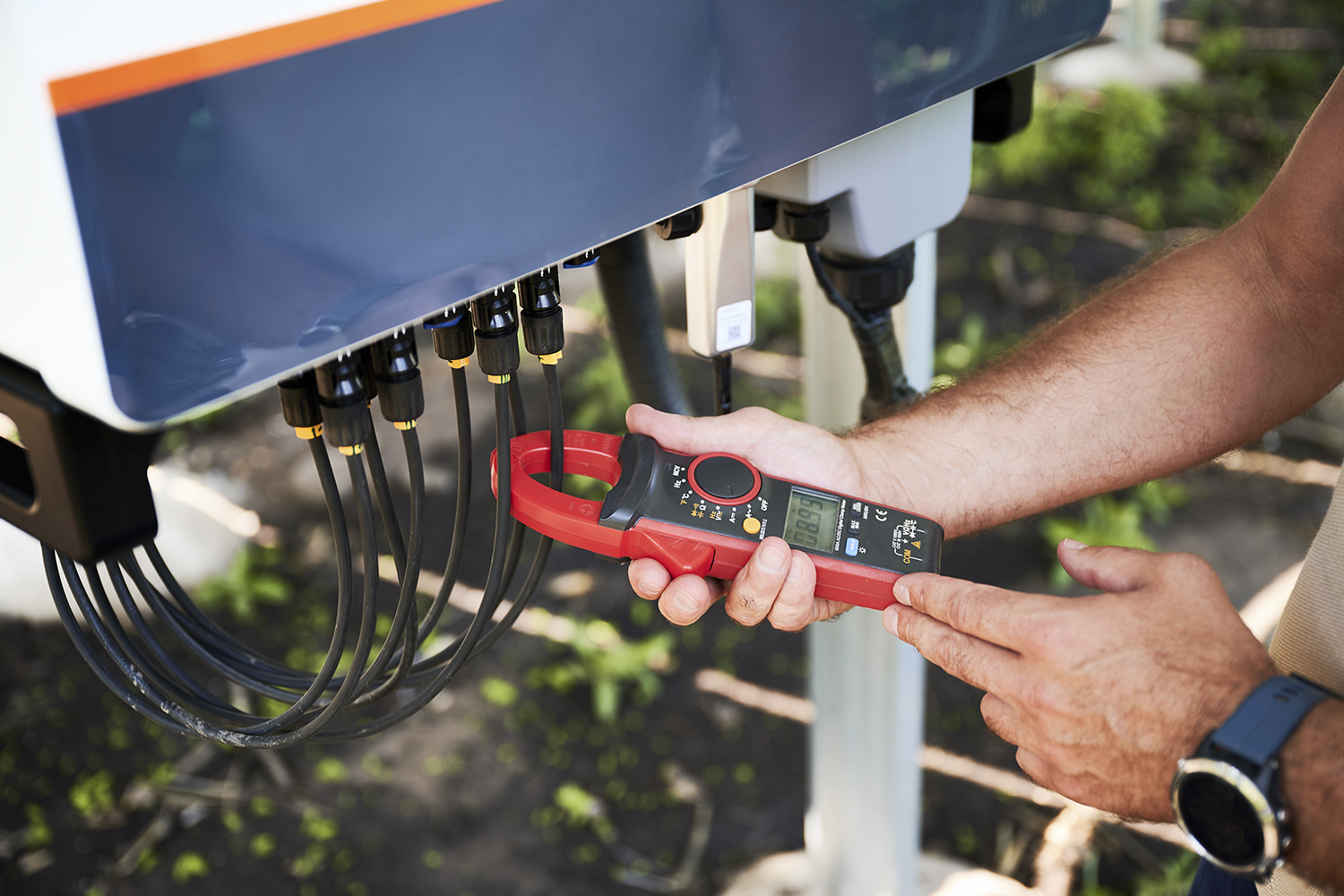Test and Tag is a safety procedure primarily used in Australia and New Zealand, involving the inspection and testing of electrical equipment to ensure it is safe for use. This process involves two critical components: a visual inspection (the “test”) and the application of a tag indicating the test results (the “tag”). Test and Tag is an important practice for workplaces, businesses, and industries to comply with occupational health and safety regulations and ensure that all electrical equipment and appliances are safe to use.
The first step in the Test and Tag process is to visually inspect the electrical appliance. This includes checking the physical condition of the equipment, ensuring that there are no obvious signs of damage, wear, or deterioration. Inspectors check for exposed wires, cracked plugs, broken insulation, and any other visible issues that could pose a hazard. During this inspection, the inspector ensures that the electrical equipment appears to be in good working condition before proceeding with further testing. After the visual inspection, specialized testing equipment is used to evaluate the appliance’s electrical integrity. Tests may include:
Earth Continuity Test: This test ensures that the appliance’s earth wire is properly connected, providing a safe path for any potential electrical faults.
Insulation Resistance Test: This measures the resistance between live parts and the equipment’s casing to ensure no electricity can “leak” from the internal wiring to the surface, reducing the risk of electric shock.
Polarity Check: Ensures that the active, neutral, and earth wires are connected correctly.
Leakage Current Test: Measures the amount of current leaking from the device, which can indicate unsafe conditions.
These tests are performed using a portable appliance tester (PAT), a device specifically designed to test electrical safety in portable and fixed electrical equipment. If the appliance fails the test, it is usually removed from service immediately for repair or disposal, depending on the severity of the fault.
Importance of Test and Tag
The primary goal of Test and Tag is to prevent electrical accidents, including shocks, burns, and even fatalities, which can occur due to faulty electrical equipment. By regularly testing and tagging electrical appliances, businesses can identify potential risks before they result in harm. It also helps in:
Compliance with Legal Standards: Many countries, particularly Australia and New Zealand, have strict workplace health and safety regulations requiring regular Test and Tag procedures. Compliance with these regulations helps companies avoid legal issues and fines.
Risk Management: Regular testing helps businesses manage risks by ensuring that faulty equipment is identified and addressed promptly.
Insurance Requirements: Many insurance companies require evidence of Test and Tag compliance in the event of an electrical accident or equipment failure.
The frequency of Test and Tag varies depending on the environment and the type of equipment. For example, construction sites might require testing every three months, while an office environment may only need annual testing. The type of appliance and how often it is used also affects the testing frequency.
Test and Tag is a crucial safety measure for preventing electrical hazards in workplaces. By combining visual inspection and electrical testing, this process ensures that equipment is safe to use, reducing the risk of accidents and promoting compliance with health and safety regulations. Regular testing and tagging of electrical appliances not only protect workers but also safeguard the business from potential legal and financial repercussions.



 Blog
Blog
Comments are closed